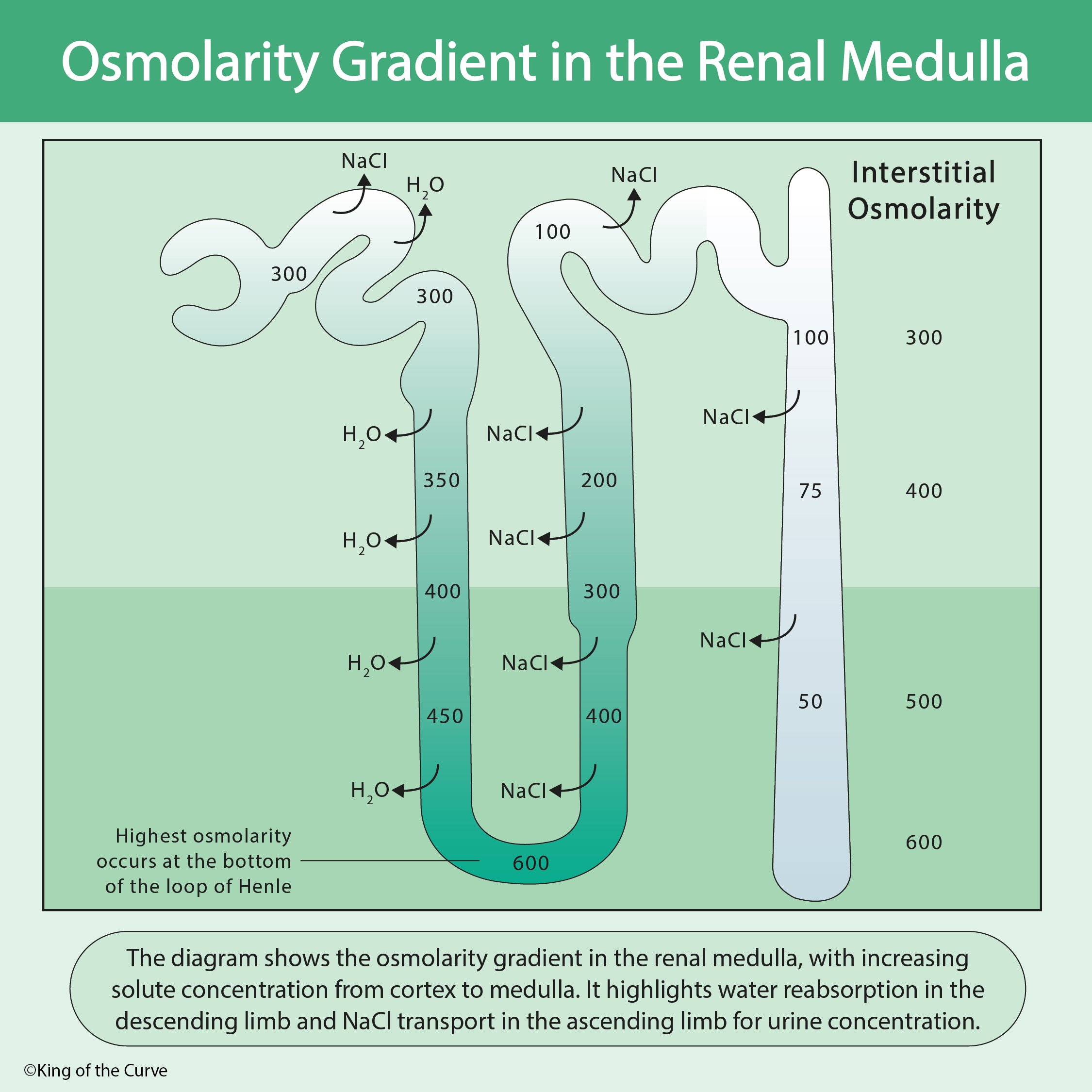
🧪 Enzymes and Activation Energy
Learn how enzymes lower activation energy and speed up reactions—an essential DAT biology concept. Includes visuals, test tips, and KOTC resources.

DNA Replication: Mastering the Mechanism for the DAT
DNA replication is a high-yield topic on the DAT biology section. It’s a process fundamental to life, and understanding its enzymes, directionality, and fidelity will help you crush the molecular biology questions.
In this blog, we’ll break down DNA replication step by step, showing how each component plays a critical role. This is also an ideal time to pair these concepts with KOTC’s signature visuals that make memorization effortless.

The Importance of Renal Physiology – A Key Concept for the DAT
The kidneys are vital organs responsible for filtering blood, maintaining homeostasis, and regulating blood pressure. Their ability to remove waste, balance electrolytes, and control fluid levels makes them a crucial topic on the DAT biology section.
In this blog, we’ll break down renal physiology, focusing on the nephron, filtration, and urine formation.

The Role of the Liver in Metabolism – A Key Concept for the DAT
The liver is one of the most metabolically active organs in the body, playing a central role in digestion, detoxification, and nutrient storage. Understanding liver function is essential for the DAT, especially in questions related to metabolism, enzyme activity, and homeostasis.

Action Potentials: How Neurons Communicate on the DAT
Neurons are responsible for transmitting electrical signals throughout the body, enabling everything from muscle movement to thought processes. The action potential is the fundamental mechanism by which neurons communicate, and it’s a high-yield topic on the DAT.

The Bohr Effect: Oxygen Delivery and Hemoglobin Binding on the DAT
Pulmonary embolism (PE) is a high-yield and potentially fatal condition that requires rapid diagnosis and management. The USMLE Step 1 and Step 2 often test PE in clinical vignettes, requiring you to recognize key symptoms, diagnostic tools, and treatment options. This guide will break down everything you need to know about PE for your exam.

Mastering the Lymphatic System for the DAT: Immunity & Fluid Balance
Acid-base disorders are a high-yield topic frequently tested on the USMLE Step 1 and Step 2. Understanding arterial blood gas (ABG) interpretation, anion gap analysis, and compensation mechanisms is essential for diagnosing and managing metabolic and respiratory disturbances. In this guide, we’ll simplify acid-base disorders, provide a stepwise approach to interpretation, and highlight key concepts to maximize your USMLE score.

Mastering Cell Membranes for the DAT: Structure, Function, and Transport
Learn about cell membrane structure and function for the DAT! Understand the phospholipid bilayer, membrane proteins, and transport mechanisms to ace DAT biology.

Mastering Neurotransmitters & Synaptic Transmission for the DAT
The nervous system relies on neurotransmitters to send signals between neurons, playing a critical role in cognition, movement, and emotions. Understanding neurotransmitters and synaptic transmission is essential for DAT biology, especially for questions related to neurophysiology and pharmacology.
This blog will explore how synaptic transmission works, the types of neurotransmitters, and their role in the human body.

Gastrointestinal Hormones: Key Regulators of Digestion for the DAT
Learn how gastrointestinal hormones like gastrin, secretin, and CCK regulate digestion! Master their functions for the biology section of the DAT.

The Electron Transport Chain: How Cells Generate ATP
The Electron Transport Chain (ETC) is the final and most important step of cellular respiration, where the majority of ATP is produced. Understanding how the ETC works is crucial for the DAT biology section. In this blog, we’ll break down how NADH and FADH₂ donate electrons, how ATP is generated through oxidative phosphorylation, and why the mitochondria are called the "powerhouse of the cell."

Buffer Systems in the Human Body: A Key Concept for the DAT
Maintaining pH balance is crucial for biological functions, and buffer systems play a key role in stabilizing pH changes in the body. On the DAT, understanding buffer systems will help you tackle questions in both the biology and chemistry sections. In this blog, we’ll explore the three primary buffer systems in the human body and their significance in maintaining homeostasis.

Enzyme Kinetics and the Michaelis-Menten Equation: Key Concepts for the DAT
Master enzyme kinetics for the DAT! Learn the Michaelis-Menten equation, key enzyme properties, and strategies for solving DAT-style questions.
